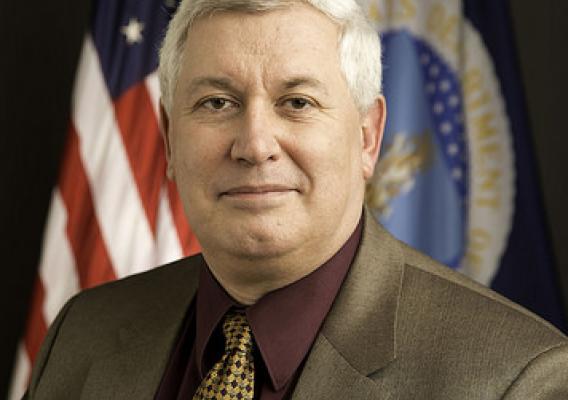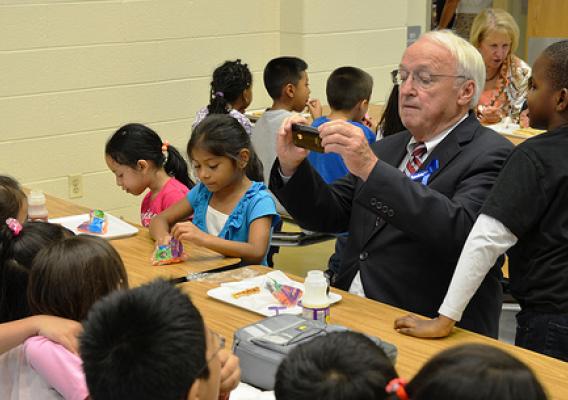March is National Nutrition Month. Throughout the month, USDA will be highlighting results of our efforts to improve access to safe, healthy food for all Americans and supporting the health of our next generation.
Until 6 months ago, I was a typical academic. I spent most of my time doing research on obesity. Apart from a few years in consulting between college and graduate school, my entire career has been in a university. Since so much of my research aims to inform policy, I decided it was time for me to see how decisions actually get made. This past summer, I had the good fortune of being selected to the White House Fellowship – a fantastic year-long program which provides an intimate view of federal policy making. Each fellow is placed in the executive branch, and my home for this year is the United States Department of Agriculture (USDA). At USDA, I work as a Senior Policy Advisor to Under Secretary Kevin Concannon in Food, Nutrition and Consumer Services. This is a great fit for me since USDA – among other things – oversees the suite of federal nutrition assistance programs that help low-income families (including mine when I was a young child) put food on the table in times of need.
To be frank, I thought I would love the experience and hate government. From my outsider perspective, government seemed clunky, inefficient and bloated with too many people doing redundant work. I was completely wrong.










